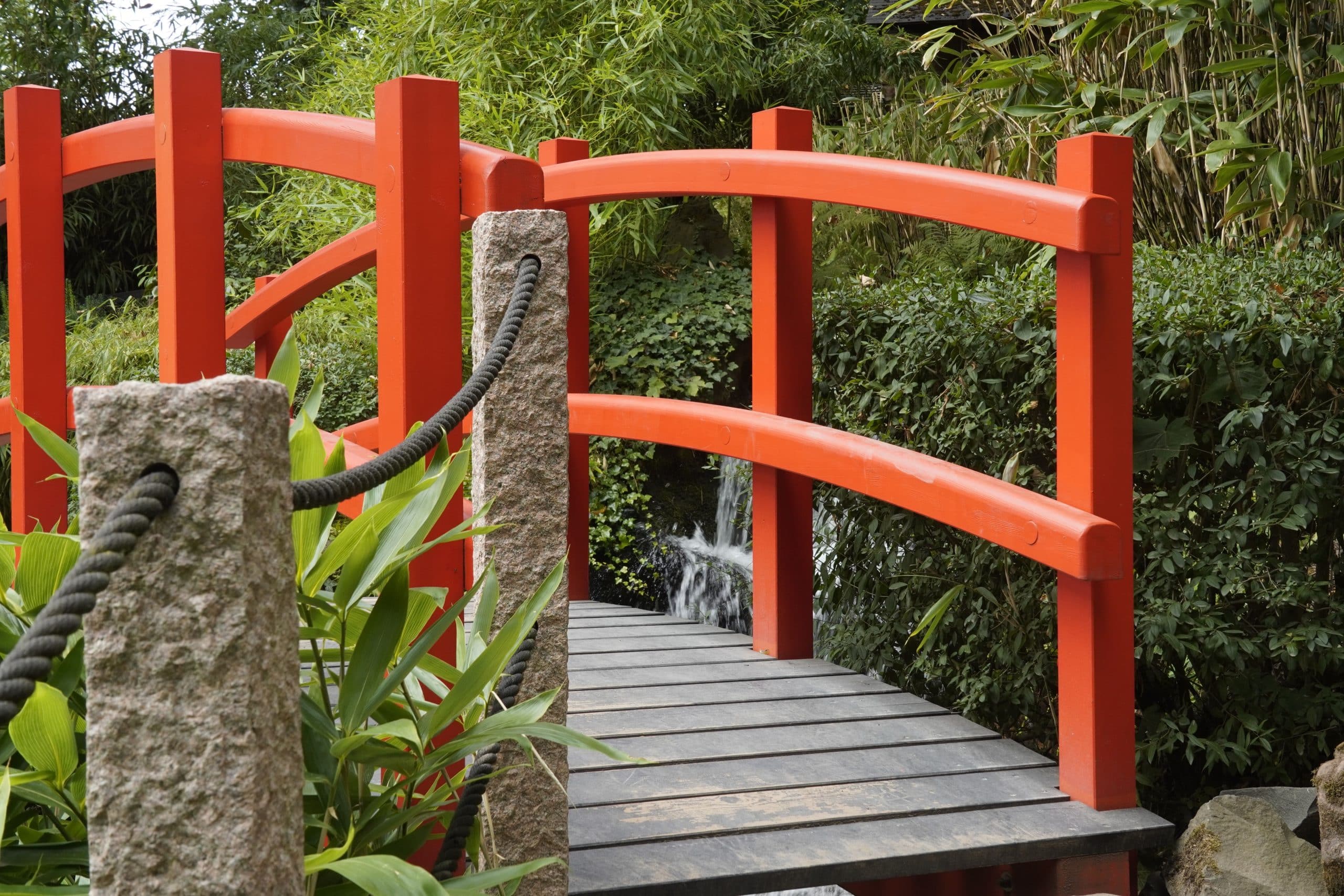How to Plan a Seamless Indoor-Outdoor Transition in a Bungalow?

Creating a seamless transition between your indoor and outdoor living spaces can transform your bungalow from a living abode into a haven of tranquillity. By leveraging design strategies, you can create an environment that not only pleases the eye but also facilitates interaction with nature. This article will guide you on how to make the most of your bungalow’s outdoor space, and how to create a seamless transition between the indoors and outdoors.
Understand the Basics of Indoor-Outdoor Living Areas
Before you can effectively plan your outdoor space, it’s essential first to understand the concept of indoor-outdoor living areas. This design approach is all about creating a harmonious flow between the interior and exterior of your home. It’s about integrating the natural environment with your indoor living space, creating a sense of continuity and visual fluidity.
Lire également : What’s the Best Technique for Cultivating an Indoor Bonsai Tree Display?
Start by surveying your current indoor and outdoor spaces. Identify the areas where you can create openings or remove barriers. For example, you could replace a solid wall with large glass doors or windows to provide a view of the outdoors. You could also create an outdoor living area adjacent to an interior room like your kitchen or dining area.
Use Natural Light to Enhance Indoor-Outdoor Connectivity
One of the key aspects of indoor-outdoor living is the abundant use of natural light. Natural light not only brightens up your space, it also creates an illusion of more space and fosters a strong connection with the outdoors.
A lire en complément : What’s the Best Strategy for Child-Proofing a Kitchen Without Sacrificing Style?
Ensure your windows, doors, and other openings are strategically placed to allow maximum natural light inside. This will not only illuminate your interiors during the day, but it will also highlight your outdoor spaces, making them more inviting.
Moreover, consider going for doors and windows with thin frames or those made mostly of glass to let in as much light as possible. Also, you can enhance the natural light in your home by using mirrors and other reflective surfaces inside your home.
Choose the Right Furniture for Your Indoor-Outdoor Space
When planning a seamless indoor-outdoor transition, the type of furniture you choose plays an integral role. The furniture should not only be functional and comfortable, but it should also reflect the design ethos of both your indoor and outdoor areas.
Firstly, your outdoor furniture should be able to withstand different weather conditions. Materials like teak, eucalyptus, and metal alloys are highly durable and can withstand the elements.
Secondly, the design of the furniture should blend well with your interior decor. This way, even when viewed from inside, your outdoor space will look like an extension of your indoor space.
Create Outdoor Living Spaces That Mirror Your Indoor Rooms
Another effective way to create a seamless indoor-outdoor transition is to design your outdoor living spaces to mirror your indoor rooms. This means that if you have a dining area, kitchen, and lounge area indoors, you should also have similar areas outdoors.
For instance, if you love cooking and hosting, why not create an outdoor kitchen? With the right equipment and setup, your outdoor kitchen can function just like your indoor one. Similarly, an outdoor dining area can be a lovely place to have meals on warm days or nights.
Besides, you can create an outdoor lounge area with comfortable seating, a coffee table, and even a fireplace for chilly nights. Making these outdoor areas mimic the indoor ones will create a continuity that blurs the line between inside and outside.
Prioritize Landscaping to Enhance Your Outdoor Space
Landscaping is another crucial element in creating a seamless indoor-outdoor transition. Well-thought-out landscaping can make your outdoor space more attractive and inviting. Plus, it can make your indoor space look more spacious and connected to nature.
Choose plants that complement your interior décor and colors. Also, consider using outdoor plants that can thrive indoors, and place them near the doors and windows. This way, it will seem as if your interior space is extending into the outdoors.
To sum up, creating a seamless indoor-outdoor transition in your bungalow is about creating a harmonious blend between your home’s interior and the natural environment outside. By using the right design strategies, such as optimizing natural light, choosing appropriate furniture, mirroring indoor rooms outdoors, and prioritizing landscaping, you can create a bungalow that is not just a home, but a natural haven of tranquillity.
Maximize Use of Glass Doors and Windows for a Seamless Transition
One effective way to create a seamless transition between your indoor and outdoor spaces is through the strategic use of glass doors and windows. Incorporating these elements into your design not only enhances your view but also creates a visual connection between your indoor and outdoor spaces.
You can replace a solid wall with a sliding glass door to provide a wide and unobstructed view of your outdoor space. This not only brings in more natural light, but it also creates an illusion of a larger living space. Sliding glass doors also offer the convenience of easy access to your outdoor area, making them a practical choice for those who love to entertain or simply enjoy the outdoors.
Windows, on the other hand, act as a frame to your outdoor space. Large windows can showcase the beauty of your garden, patio, or deck. You can also consider installing floor-to-ceiling windows for a more dramatic effect.
In addition, consider using glass with UV protection to protect your interior furnishings from sun damage. This will ensure that your indoor space remains comfortable and inviting, while your outdoor space is fully appreciated.
Incorporate Indoor and Outdoor Flooring for a Smooth Transition
Another element that greatly impacts the seamless transition from indoors to outdoors is flooring. A consistent flooring material and pattern can create a visual connection between your indoor and outdoor living areas, creating a seamless transition.
For example, you could extend the same flooring material from your living room to your patio, or from your kitchen to your outdoor cooking area. This strategy can enhance the flow between the two spaces and make them appear as one continuous area.
When choosing flooring materials, consider factors like durability, slip resistance, and ease of maintenance. Materials like natural stone, porcelain tiles, and concrete are popular choices for indoor-outdoor flooring as they are durable and can withstand varying weather conditions.
Remember to choose a color and texture that complements your interior design, as well as the natural environment. This will help tie your indoor and outdoor spaces together, creating a harmonious and tranquil environment.
Conclusion
A seamless transition from the indoors to the outdoors in a bungalow can be achieved through thoughtful planning and design. By understanding the basics of indoor-outdoor living, maximizing natural light, choosing the right furniture, mimicking your indoor rooms outdoors, and prioritizing landscaping, you can create a tranquil haven that beautifully blends your living spaces.
Moreover, the strategic use of glass doors and windows can enhance your view and create a visual connection between your indoor and outdoor spaces. Meanwhile, consistent indoor and outdoor flooring can further enhance this seamless transition.
Ultimately, the goal is to create a bungalow where the outdoors seems like a natural extension of your indoor space. With the tips and design ideas shared in this article, you should be well on your way to achieving a bungalow that offers a perfect blend of indoor comfort and outdoor living.
